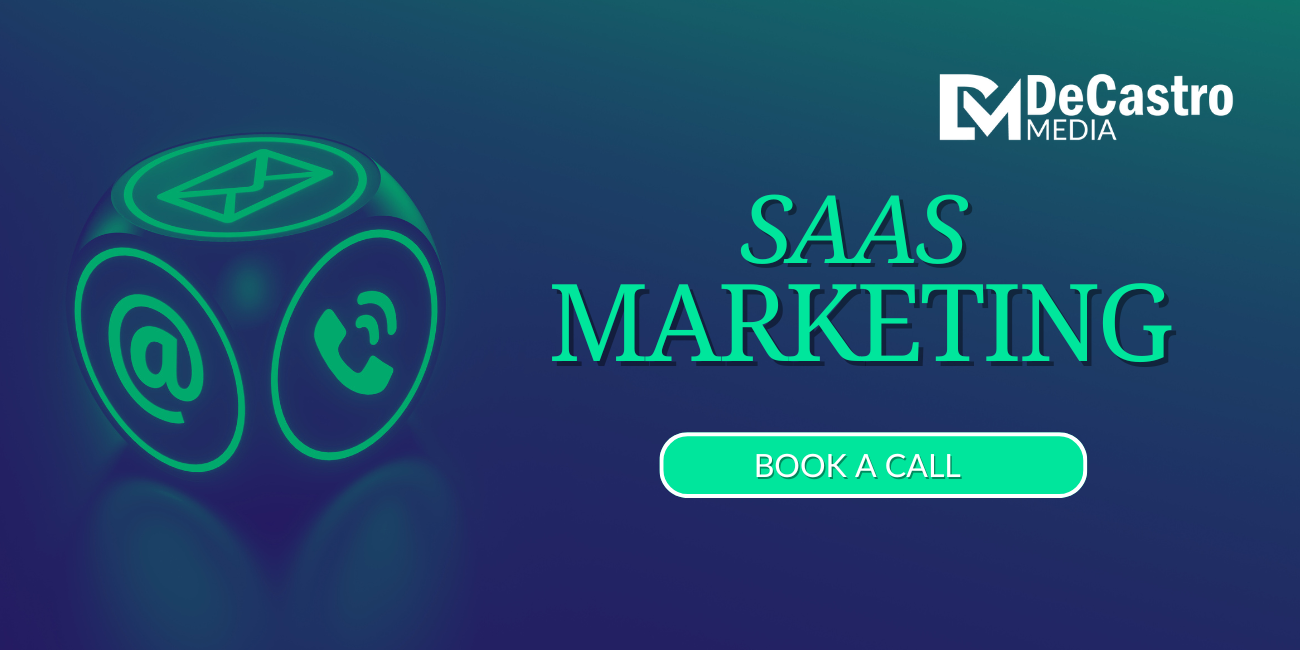Introduction
SaaS marketing is all about promoting software-as-a-service products. It’s a different beast compared to traditional marketing because you’re dealing with intangible products like subscription services and hosted software. This guide dives into what sets SaaS marketing apart and why specific strategies are crucial.
Understanding SaaS Marketing
First off, SaaS marketing isn’t your typical digital marketing. In digital marketing, you’re chasing one-off sales and repeating the sales cycle to attract new customers. SaaS marketing, on the other hand, is about building long-term relationships with customers who pay monthly. This means you need a different skill set to show customers that your product is worth it month after month.
Key SaaS Marketing Strategies
There are three key stages: finding customers, marketing to them, and retaining them. Each stage has its own tactics. But before you get into these, make sure your platform is top-notch. Your website needs to clearly state what makes your product unique and be optimized for conversions with strong calls to action (CTAs).
Step-by-Step SaaS Marketing Plan
- Finding Customers (Lead Generation)
- Targeting Potential Clients: Your leads are people actively looking for your service, those thinking about switching from a competitor, and those unhappy with their current provider.
- Strategies for Different Customer Types: Use traditional marketing for those looking for your service. Create engaging content to attract customers from competitors. Use influencer marketing to build trust with dissatisfied users.
- Marketing Your SaaS Product
- Off-Site Marketing: Draw potential clients to your site using various online channels.
- On-Site Marketing: Close deals with informative content, product demos, and clear CTAs.
- Retaining Customers
- Customer Satisfaction: Keep improving your product and offer regular incentives.
- Cross-Selling: Offer discounts and upgrades to keep customers happy and boost your revenue.
Effective Lead Generation Techniques
- Traditional and Inbound Marketing: Ads on forums and free trials can attract leads matching your buyer persona.
- Targeting Competitors’ Clients: Create content that entices users already familiar with similar services.
- Influencer Marketing: Leverage influencers to build credibility and attract new clients.
Marketing Tactics for SaaS Products
- Pay-Per-Click (PPC) Advertising: PPC ads can effectively target specific customer profiles and convert better than organic results.
- Transparent Pricing Strategies: Ensure pricing is clear and consistent to build trust.
- Search Engine Optimization (SEO): Invest in SEO to attract steady, long-term traffic without ongoing ad costs.
- Offering Free Trials: Short free trials help potential customers evaluate your product.
- Multi-Tiered Pricing Plans: Provide clear, concise pricing options, typically with three to four tiers.
Selling Your SaaS Service
- Landing Pages: Create compelling landing pages with all vital information to guide customer decisions.
- Comparison Tables: Highlight your advantages over competitors with side-by-side comparisons.
- Video Demonstrations: Use short, informative videos to showcase your product.
- Streamlining Sign-Up Forms: Simplify sign-up forms to reduce barriers to entry.
- Implementing Live Chat: Offer real-time support to address customer queries quickly and efficiently.
Measuring SaaS Marketing Success
Track these key performance indicators (KPIs) to gauge your marketing efforts:
- Churn Rate: Percentage of customers canceling their subscription.
- Monthly Recurring Revenue (MRR): Total revenue from subscriptions per month.
- Customer Lifetime Value (CLV): Total expected revenue from a customer over their lifetime.
- Customer Retention (NRR): Revenue retained from existing customers, accounting for churn.
- Customer Acquisition Cost (CAC): Total cost of acquiring a new customer.
Frequently Asked Questions
- Best Marketing Channels for SaaS: Varies based on business goals; options include PPC, content marketing, SEO, and traditional methods like referrals.
- Essential Components of SaaS Marketing: Focus on attracting, nurturing, and retaining customers, enhancing revenue, and tracking performance.
- Budgeting for SaaS Growth Marketing: Established companies typically spend 15-25% of revenue on marketing, while startups may spend up to 120% of annual revenue in the initial years.
Conclusion
In SaaS marketing, you’re selling a service, not just a product. This means your entire team must be aligned in delivering value. Highlighting your company culture and values can significantly impact customer attraction and retention. Remember, it’s not just about the software itself but about what it offers to the user. Only by communicating this effectively can you succeed in the competitive SaaS market.


